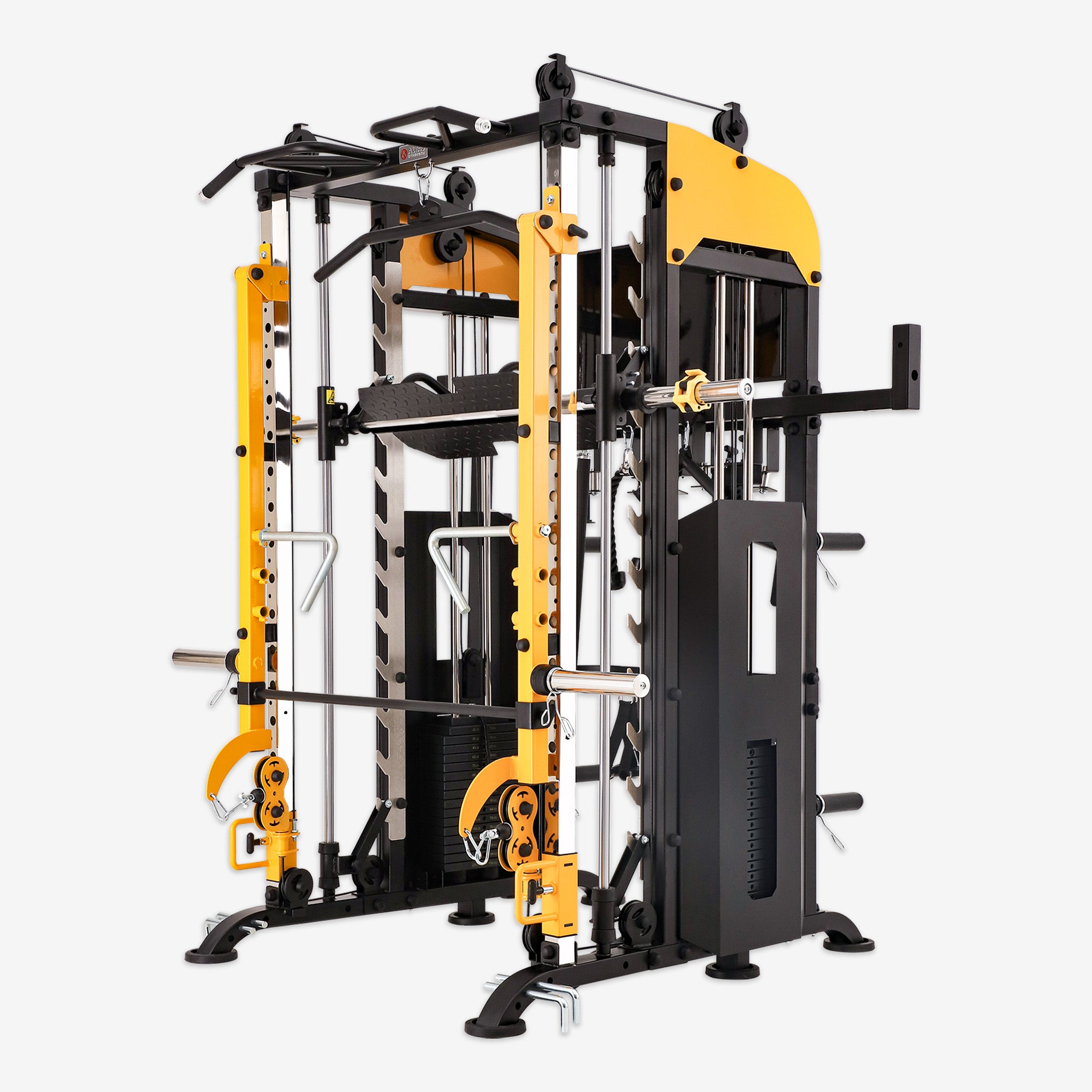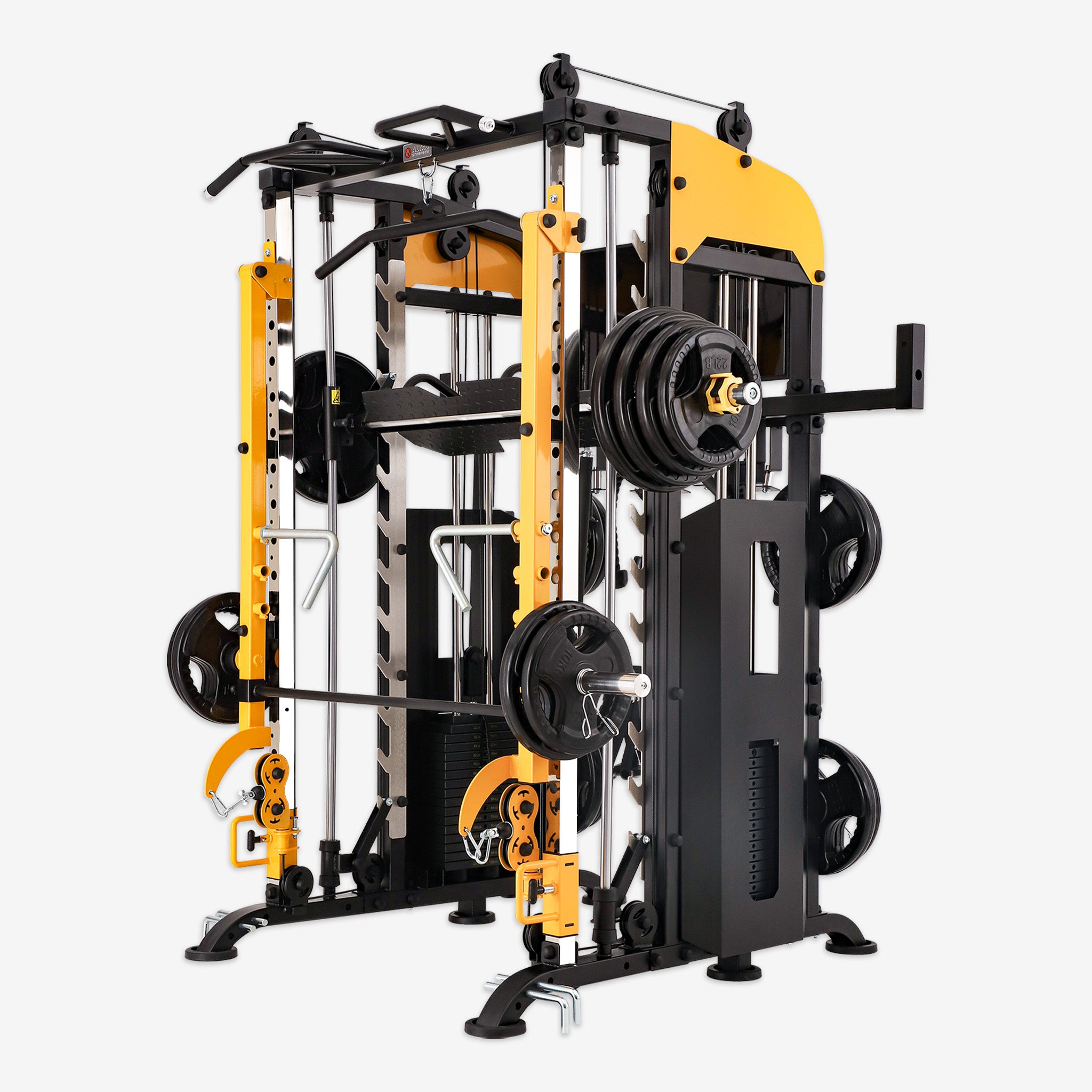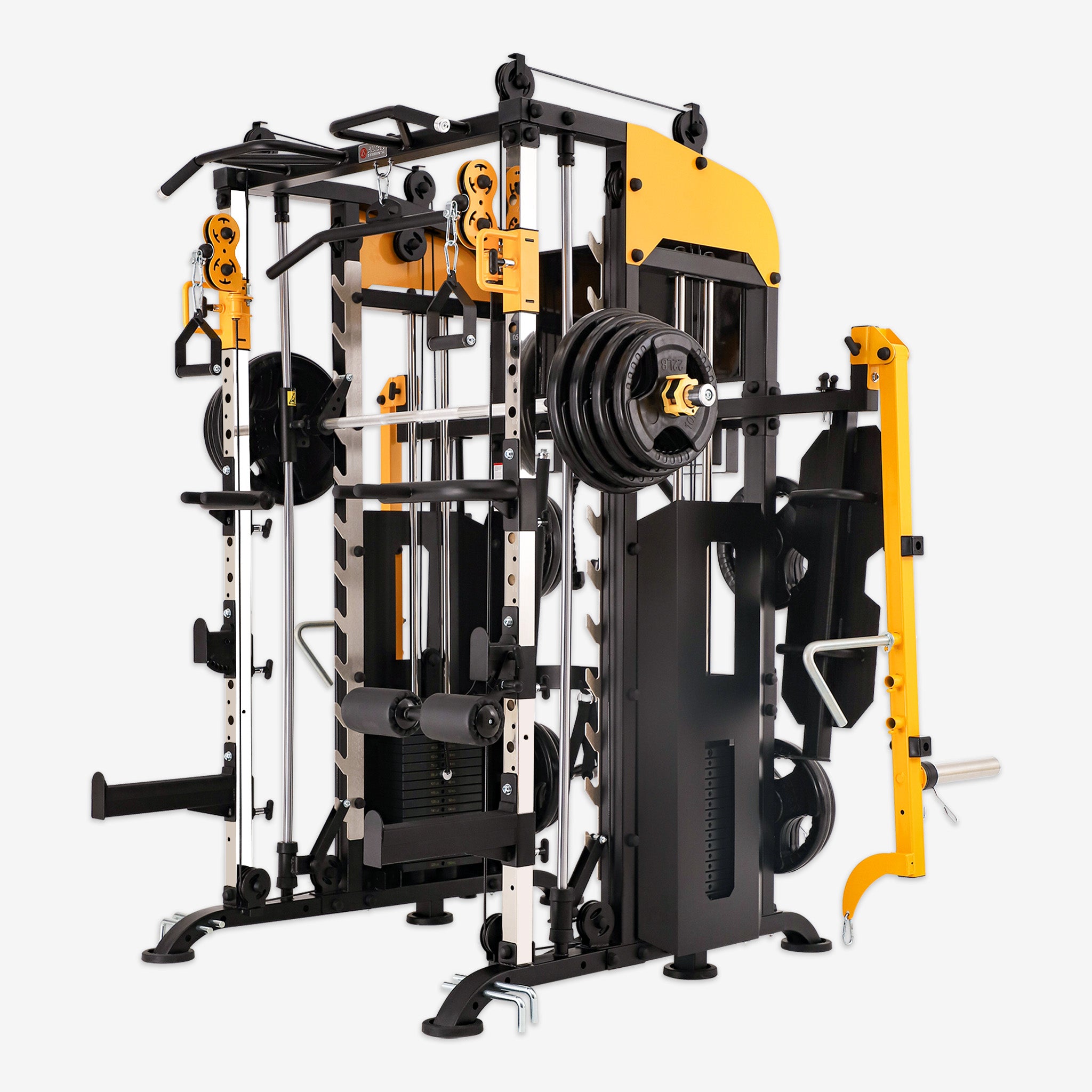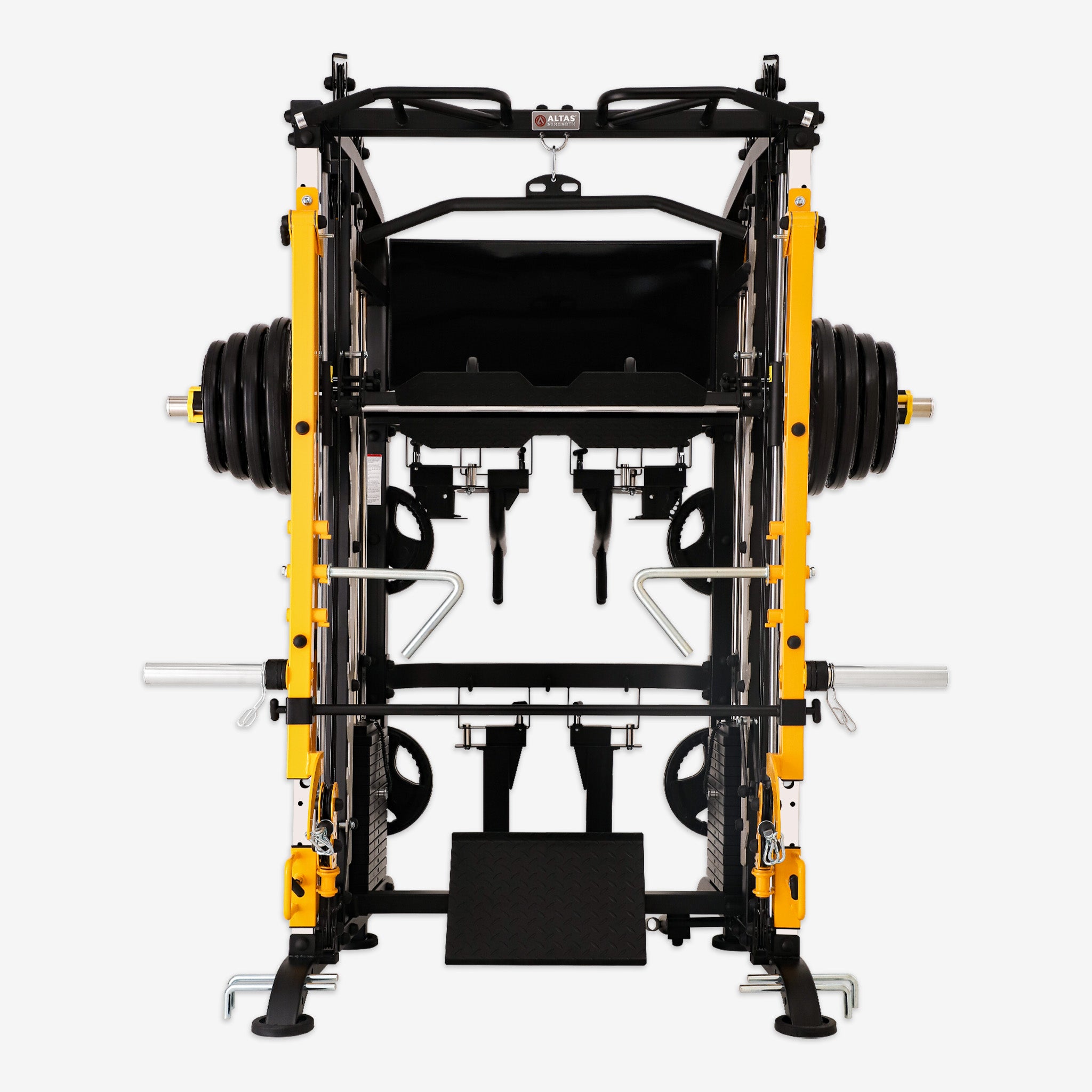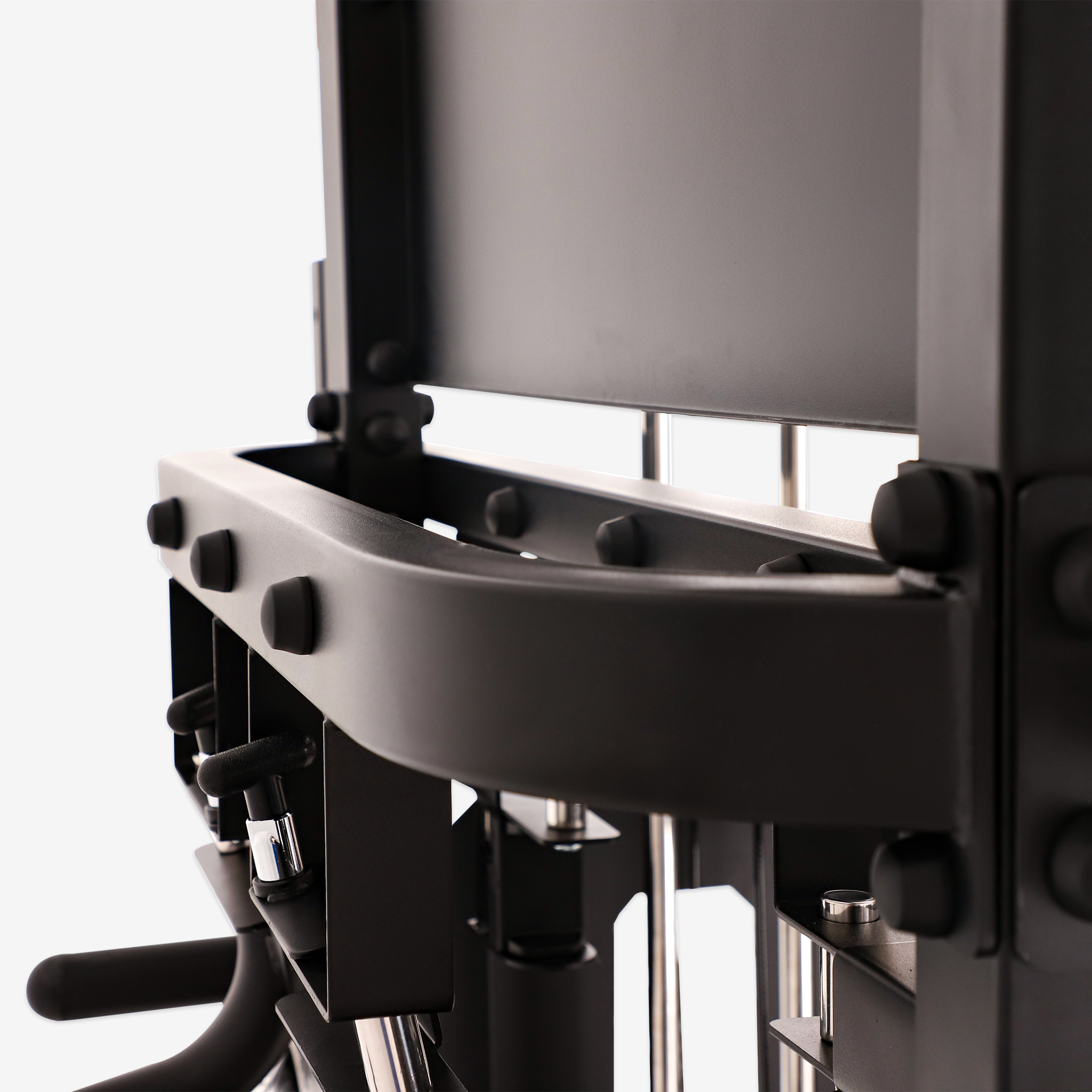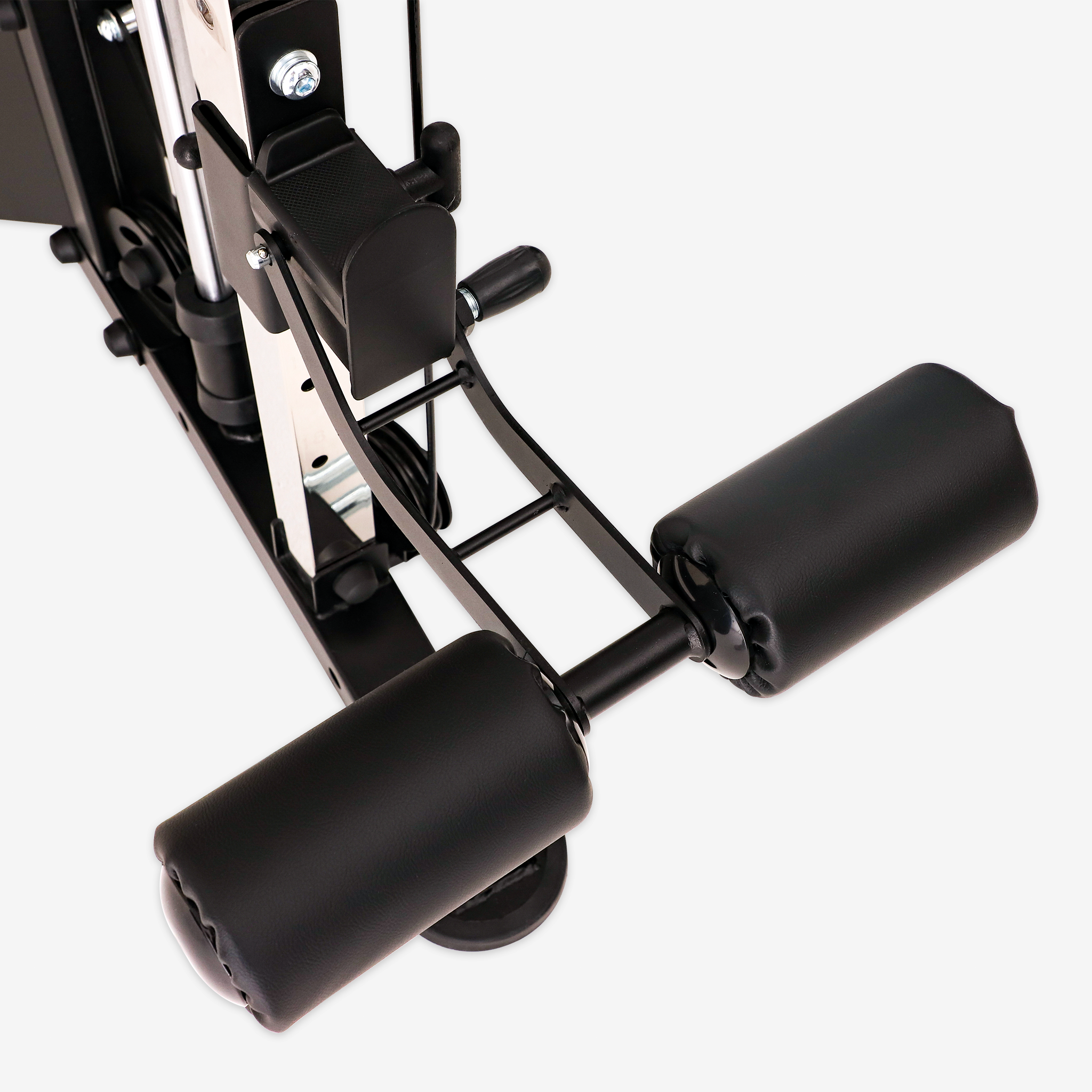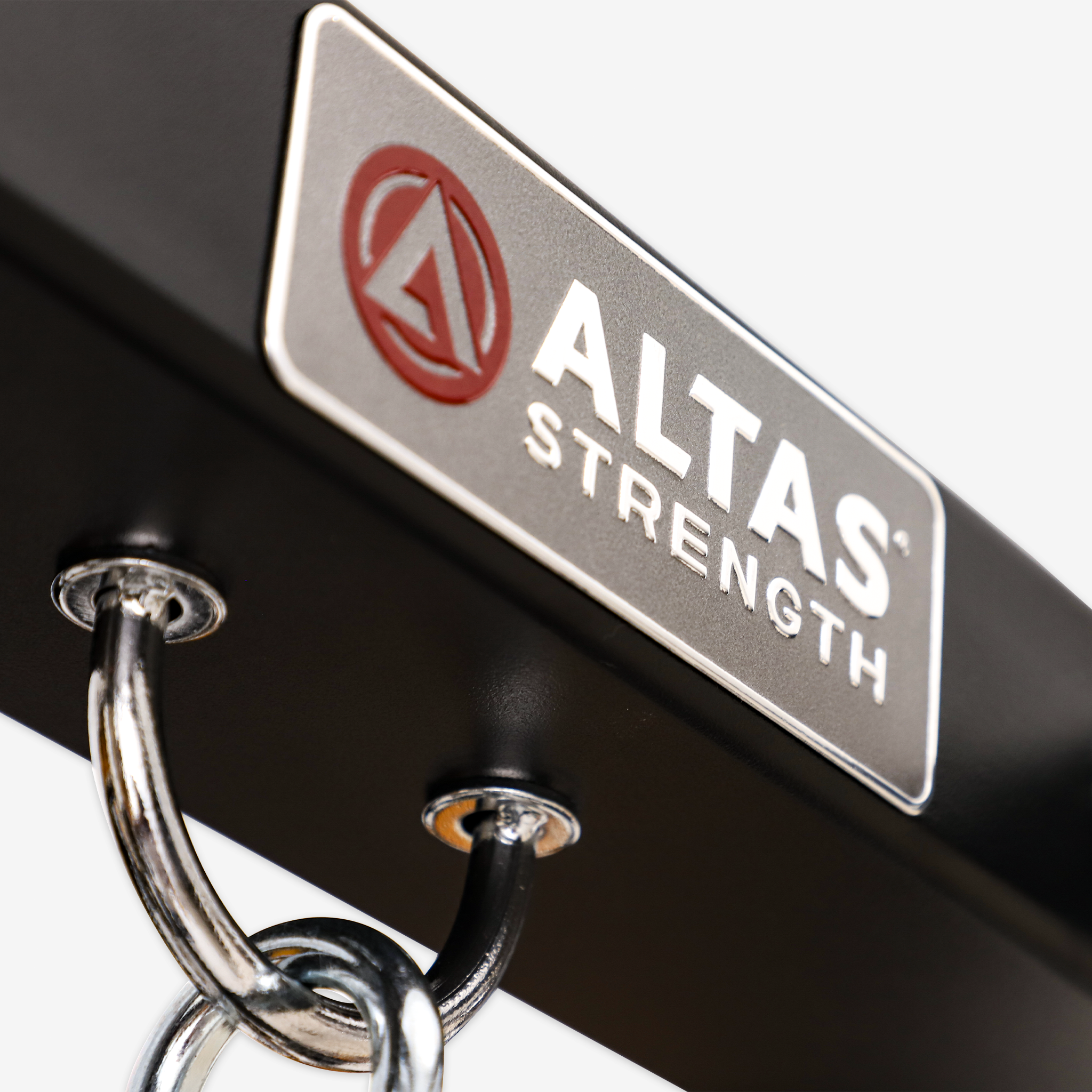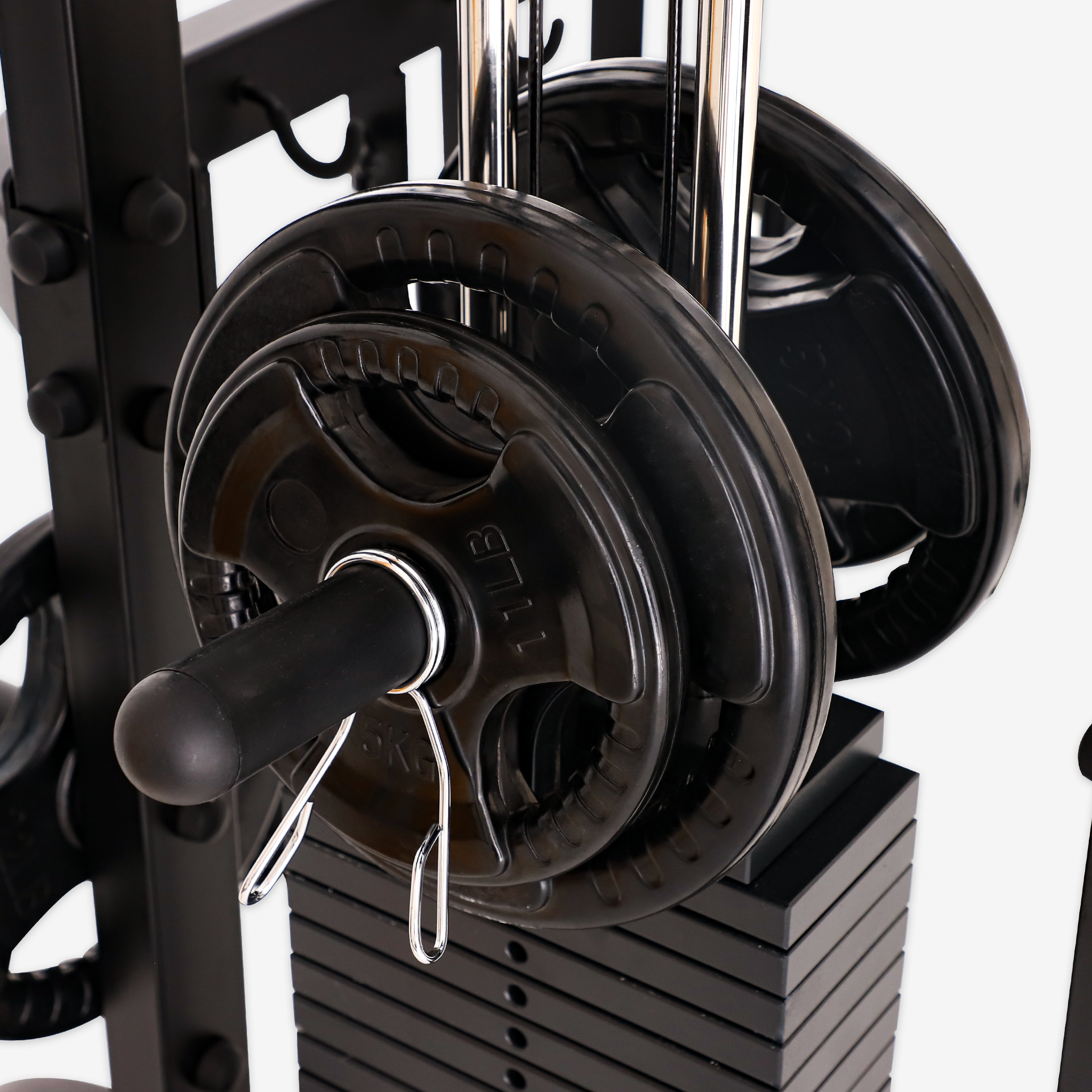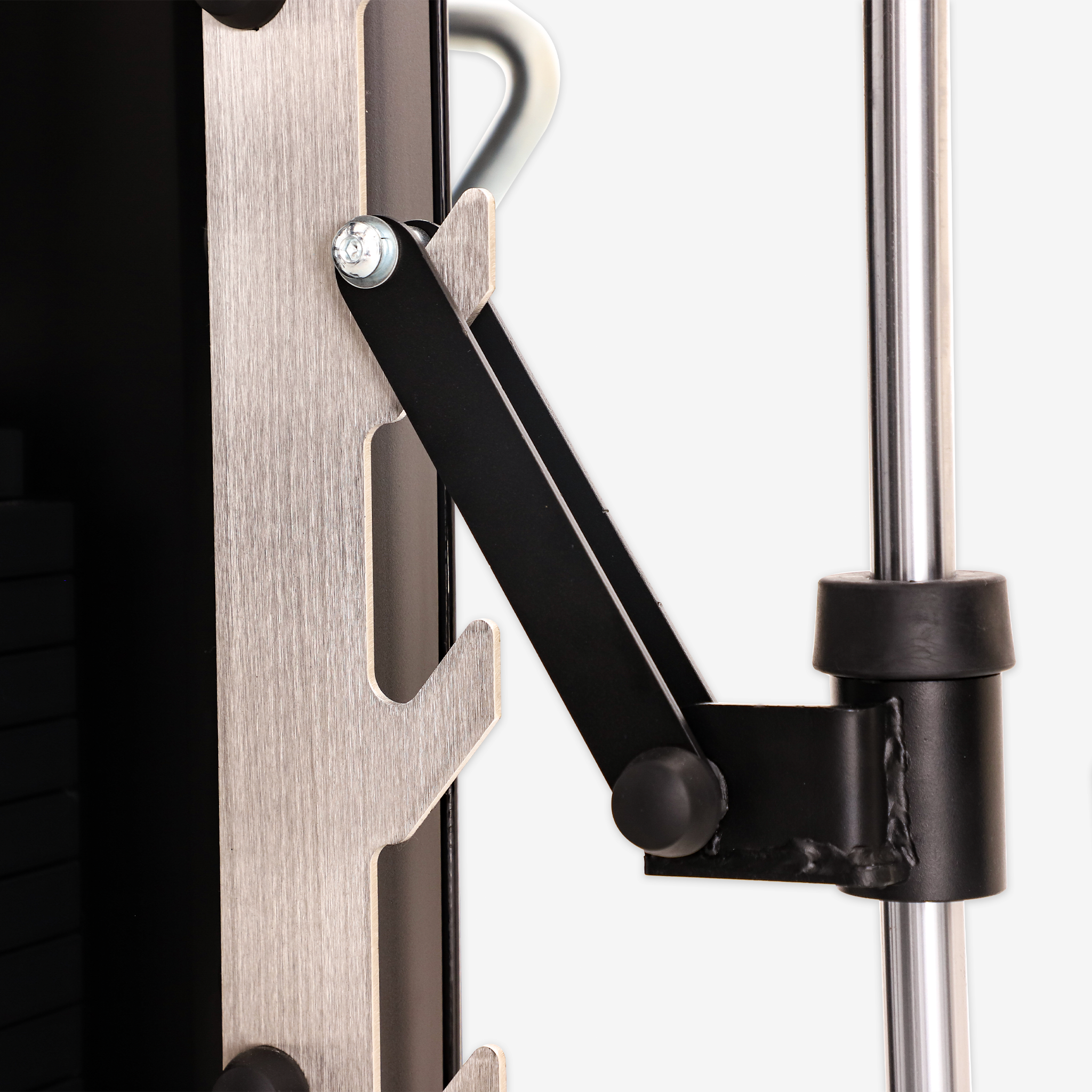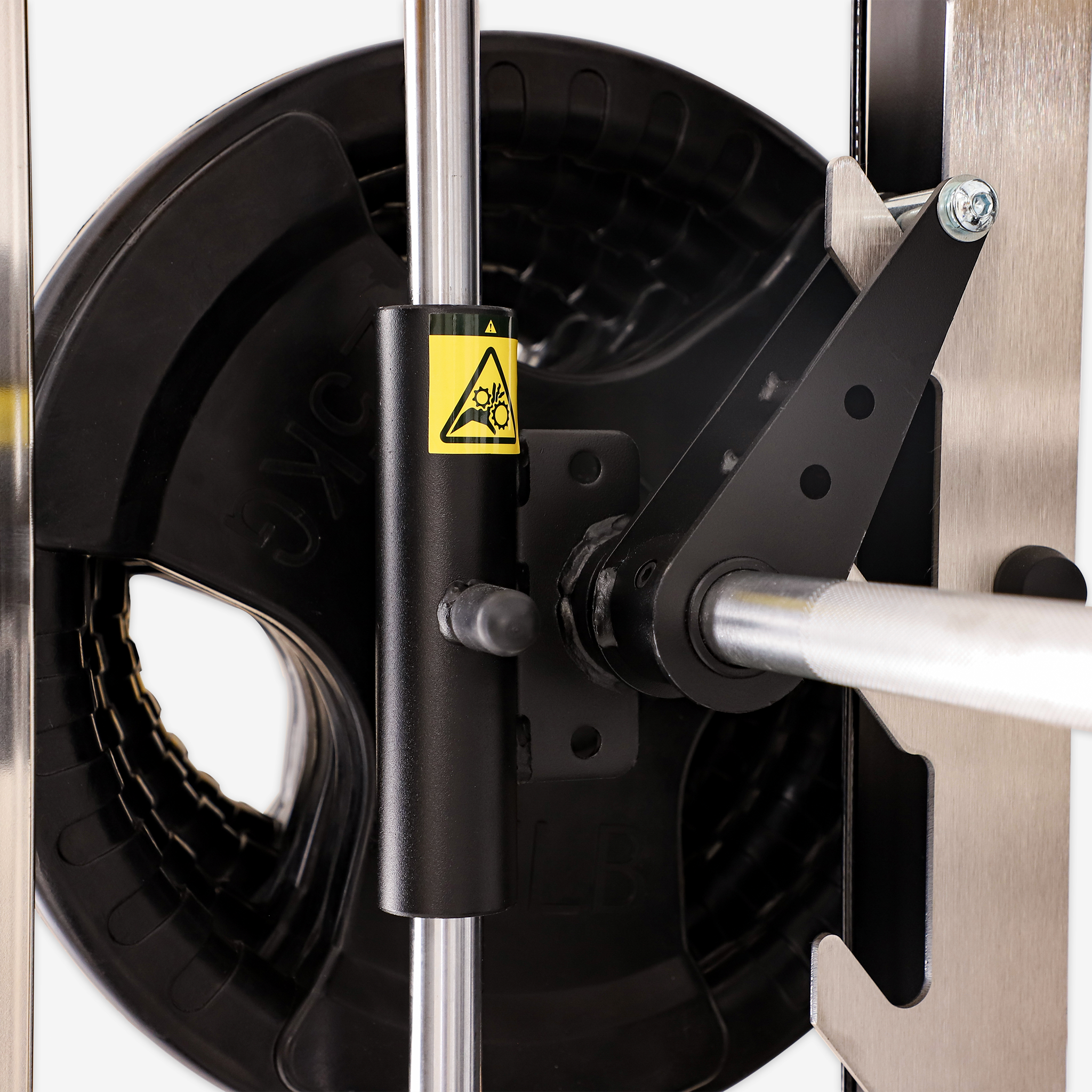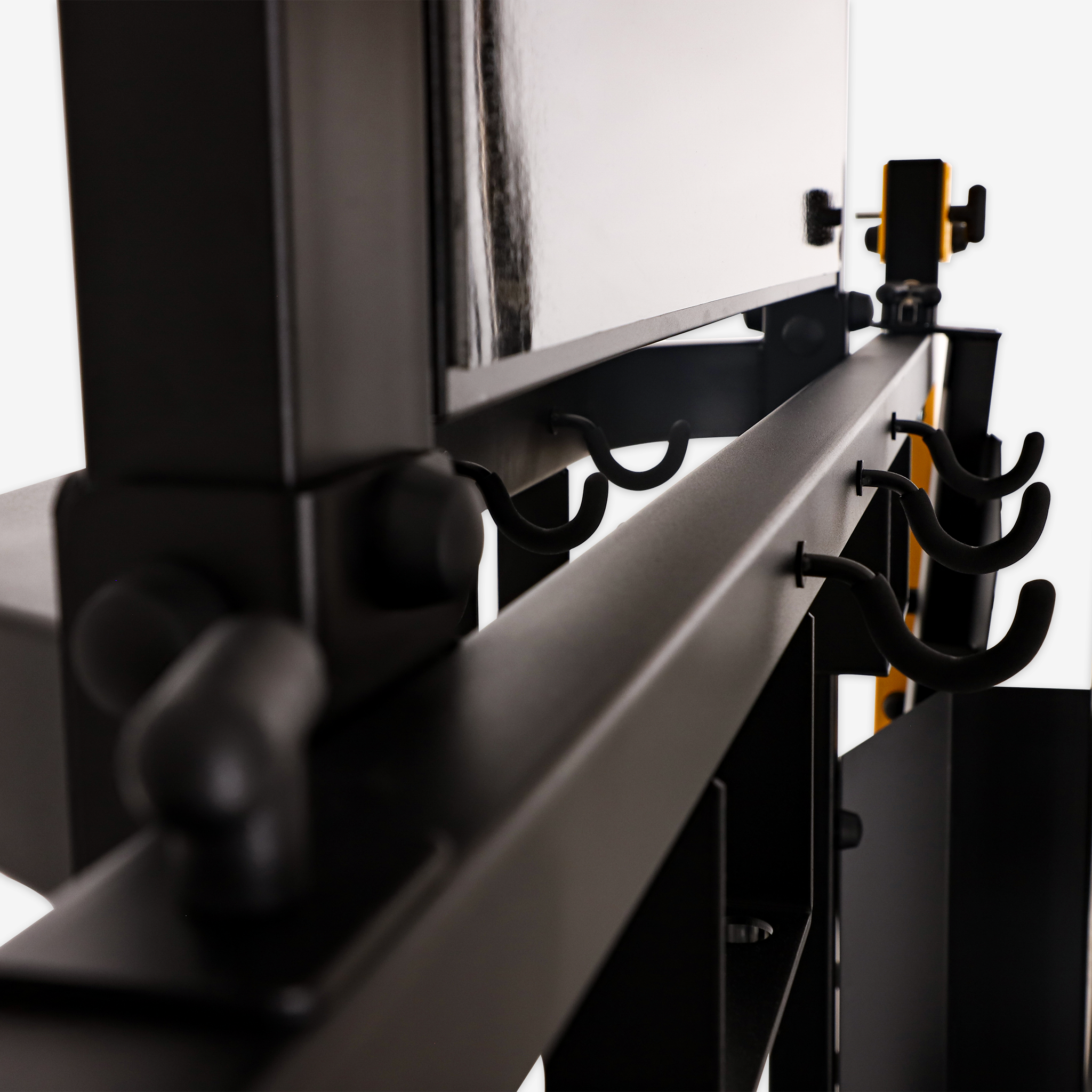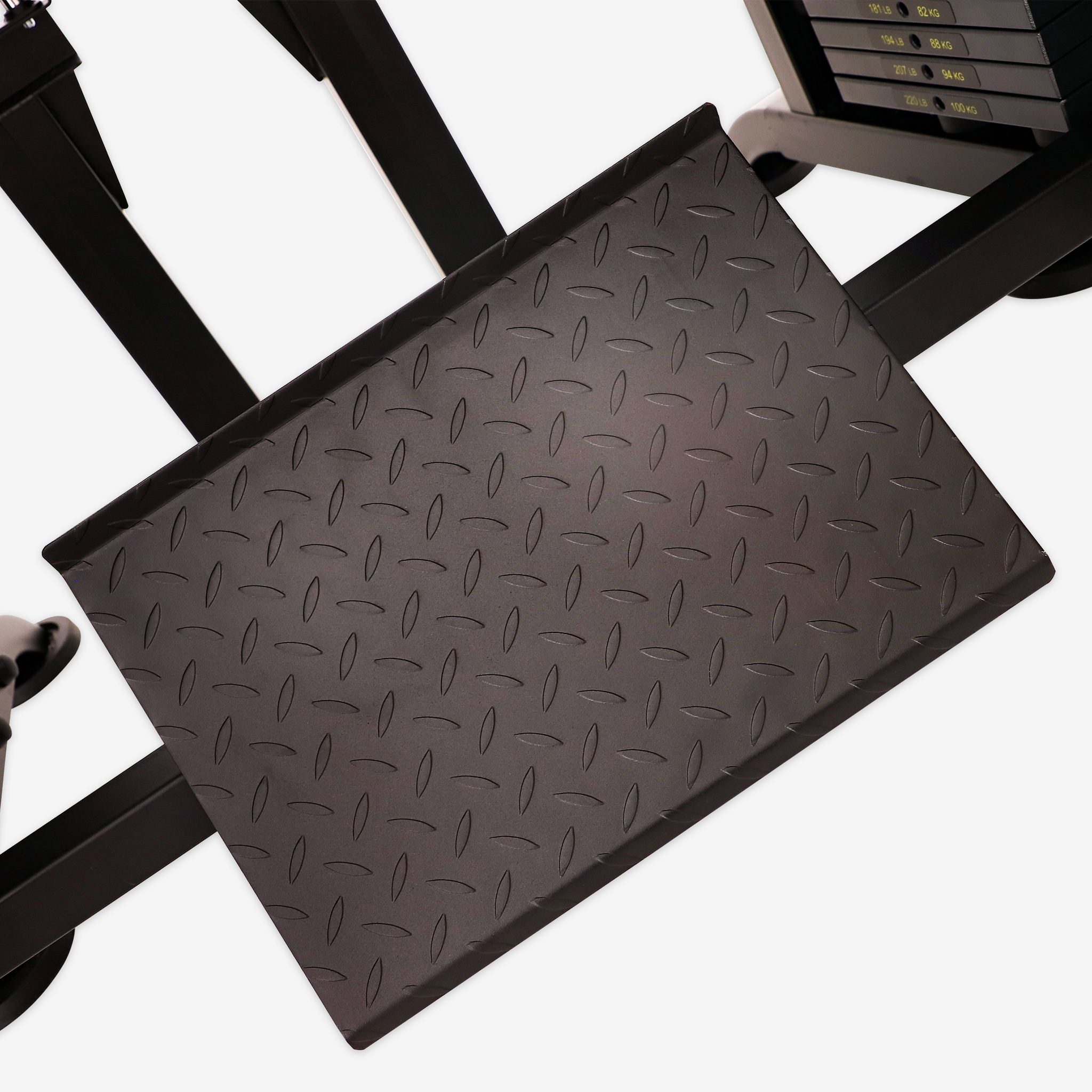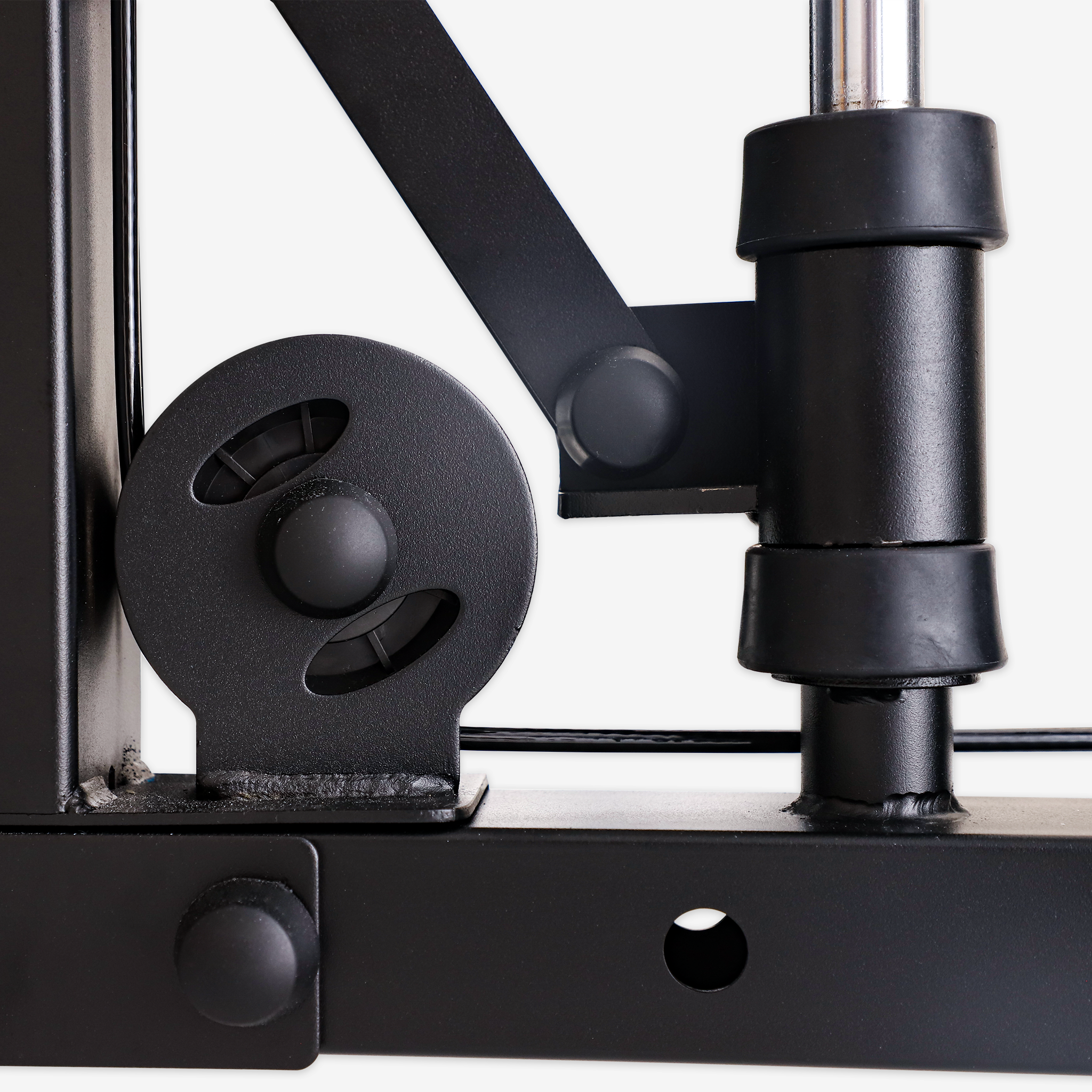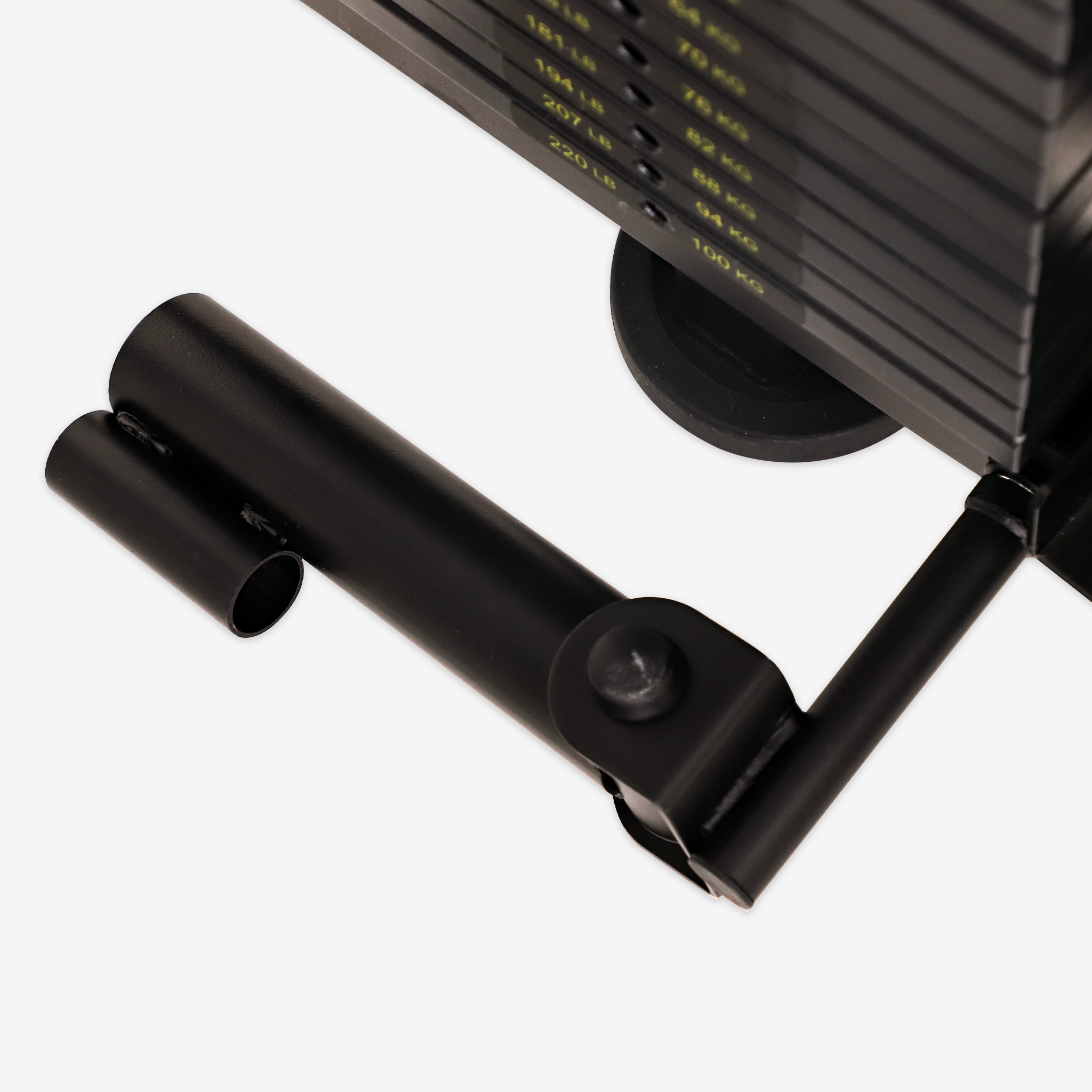Build Stronger Glutes with the Smith Machine Hip Thrust
Hip thrusts on the Smith machine are an excellent exercise for anyone looking to build gluteal strength, enhance lower body power, and improve stability in a safe, controlled environment. The fixed bar path of the Smith machine makes this exercise particularly effective for beginners and advanced lifters alike. In this guide, we’ll cover the benefits of the Smith machine hip thrust, the correct technique, common mistakes to avoid, and how to maximize your training results.
Advantages of the Smith Machine Hip Thrust
-
Enhanced Stability
The Smith machine’s fixed bar path provides increased stability, allowing you to focus on the thrusting motion without worrying about balance. This is ideal for beginners or those who may be less comfortable handling free weights. -
Targeted Glute Activation
The Smith machine hip thrust is particularly effective at engaging the gluteus maximus. The controlled movement path ensures maximum activation of the hip and glute muscles, promoting muscle growth and strength. -
Safety Features
Equipped with lockable safety catches, the Smith machine allows you to stop and secure the weight safely when necessary. This is especially useful for heavier lifts and when pushing yourself to new limits. -
Convenience and Accessibility
The Smith machine is versatile, often allowing you to perform multiple exercises without additional equipment. This can save time, especially during busy gym hours, allowing you to keep your workout efficient.
How to Perform the Smith Machine Hip Thrust
-
Preparation
Set up the barbell on the Smith machine at an appropriate height. Position a bench behind you and ensure the bar rests above your hips. -
Body Positioning
Sit at the edge of the bench, with your upper back and shoulder blades resting on it. Place your feet flat on the floor, shoulder-width apart, ensuring your knees are bent at 90 degrees. -
Execution
Engage your core, thrust your hips upward by pressing through your heels, and squeeze your glutes at the top. Pause briefly at the top to maximize glute engagement, then lower back down slowly. -
Breathing Control
Exhale as you lift your hips and inhale as you lower. Steady breathing helps maintain oxygen flow and stability during the movement.
Common Mistakes to Avoid
-
Unstable Foot Position
Keep your feet grounded with balanced weight distribution. Avoid lifting your toes or leaning too far forward or back. -
Incomplete Hip Extension
Fully extend your hips with each repetition to ensure full glute activation. Partial reps limit the exercise’s effectiveness and muscle engagement. -
Overusing the Lower Back
Keep the movement focused on the glutes and hips. Avoid arching the lower back, and keep the core engaged to prevent unnecessary strain.
Optimizing Your Smith Machine Hip Thrust Training
-
Progressive Weight Increases
Start with a manageable weight and gradually increase the load as you build strength. Avoid sudden weight jumps to reduce injury risk. -
Incorporate Variations
Try single-leg hip thrusts or add a pause at the top for increased muscle activation. Variations can help stimulate glute muscles from different angles. -
Combine with Other Exercises
Add squats, lunges, and deadlifts to your routine for comprehensive lower body training. Pairing exercises targets various muscles and ensures balanced leg and glute development.
Smith machine hip thrusts offer an effective and safe way to strengthen and shape the glutes. With proper form, gradual progression, and mindful breathing, this exercise can be a key part of a successful lower body training routine. Make each rep count by avoiding common mistakes and optimizing your movements for long-term progress.




